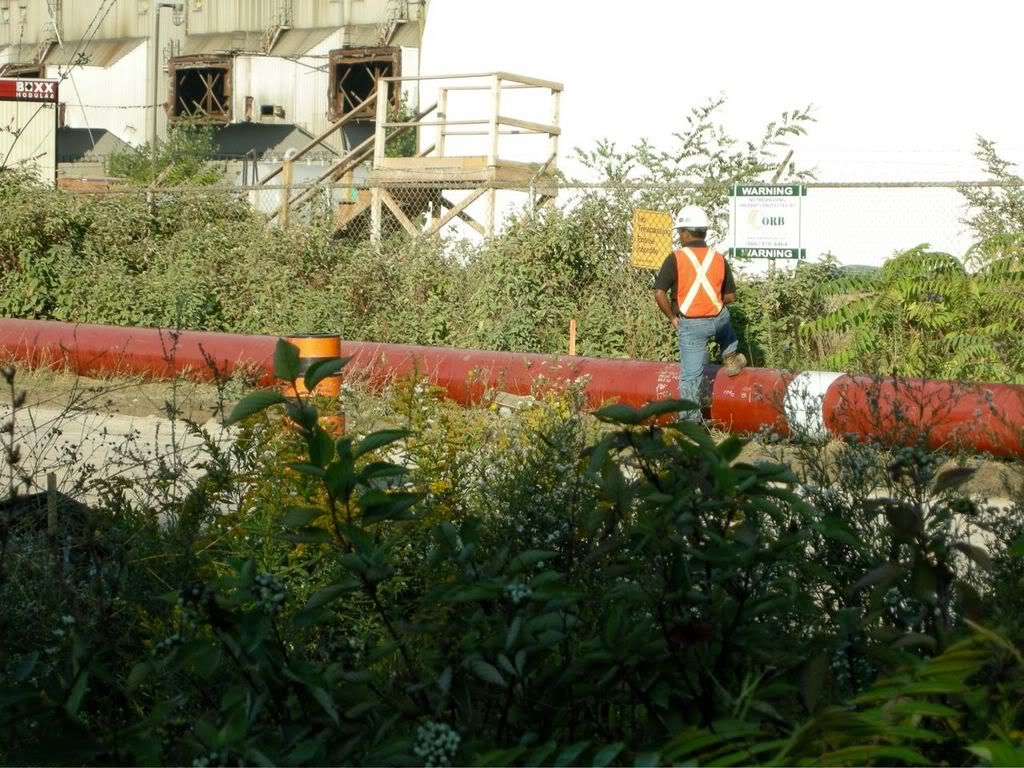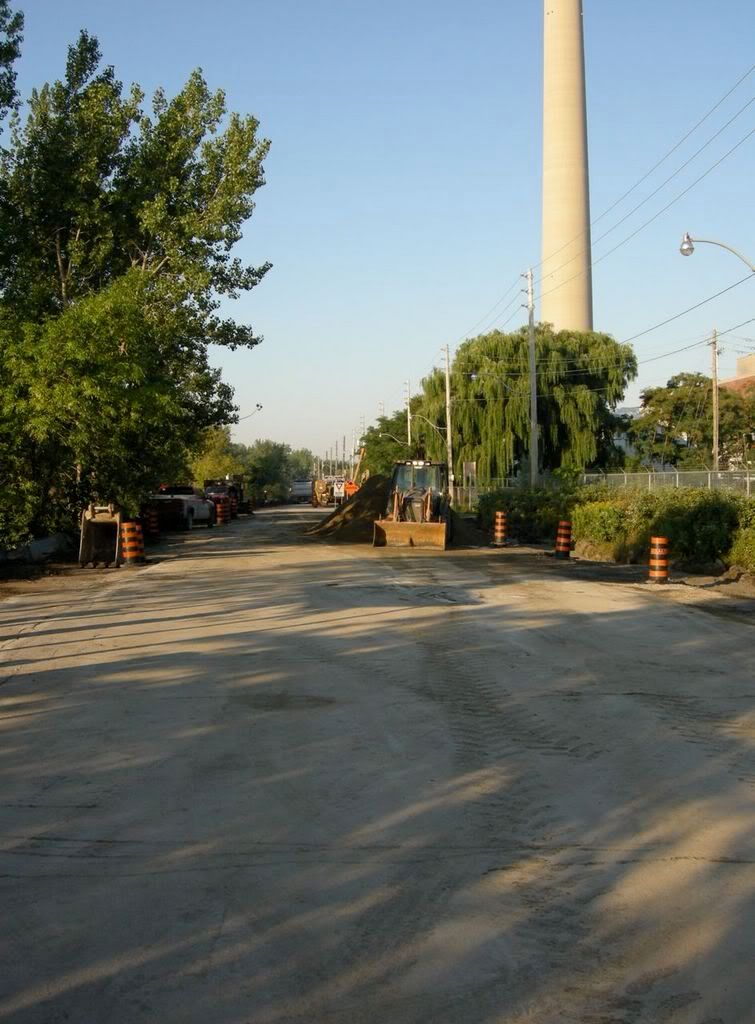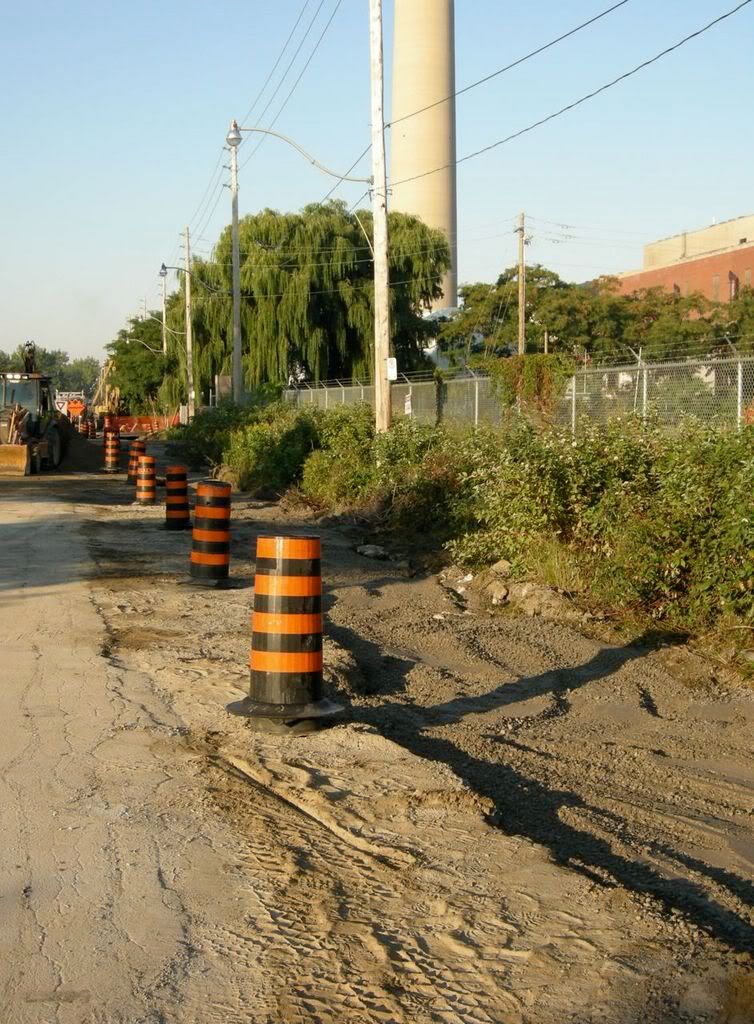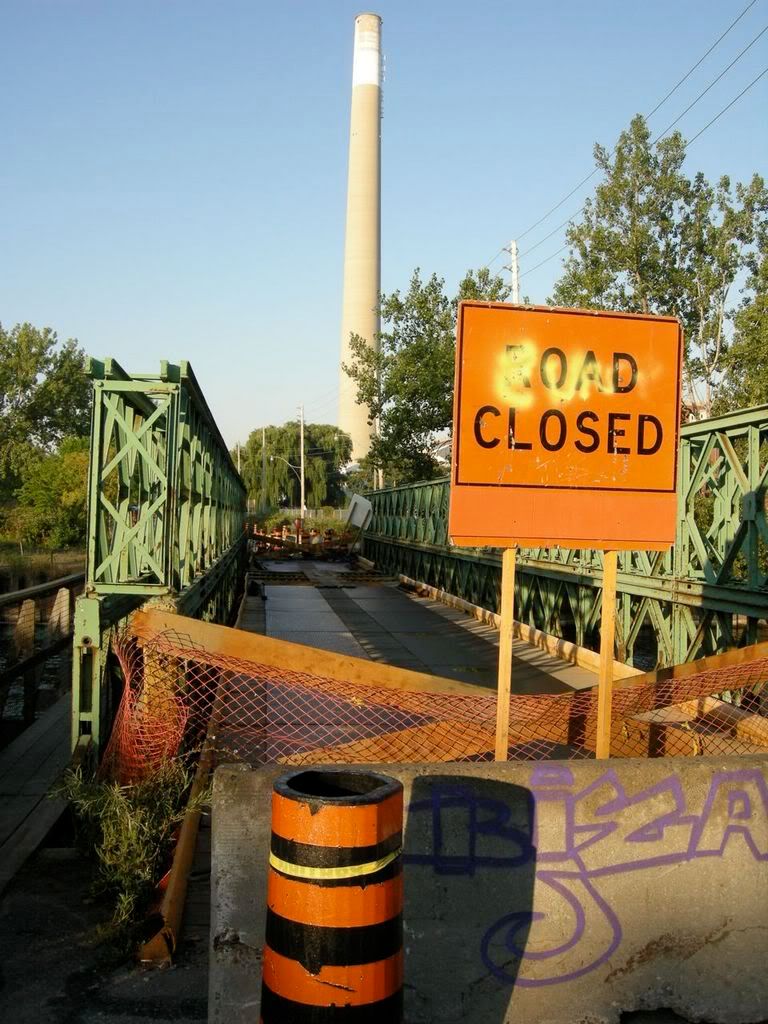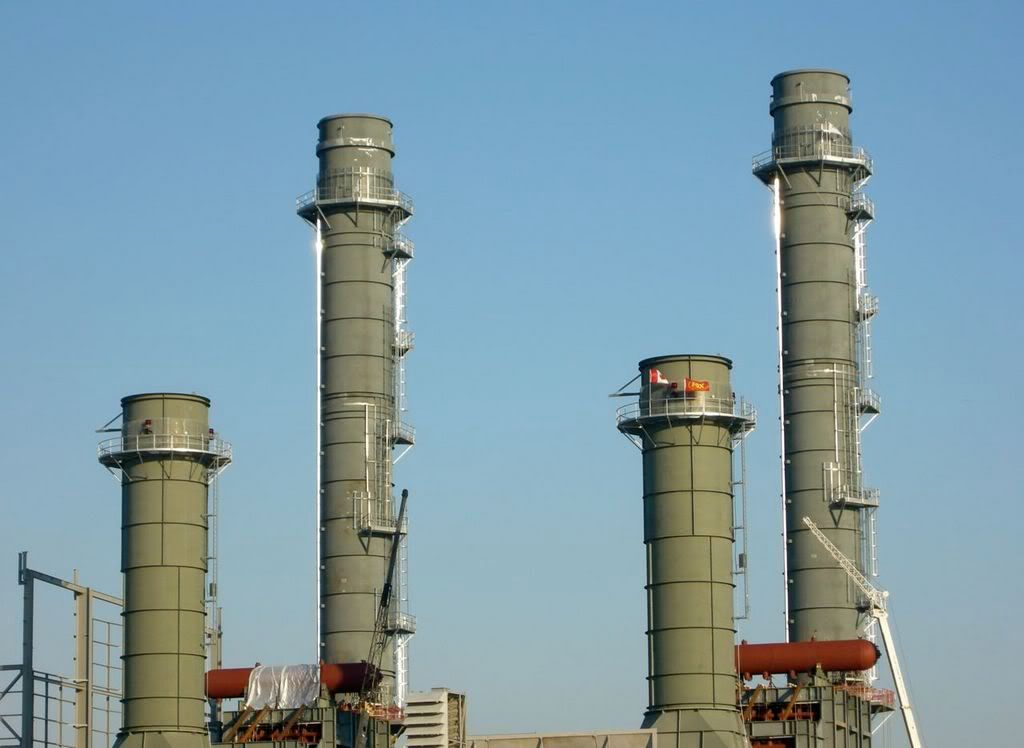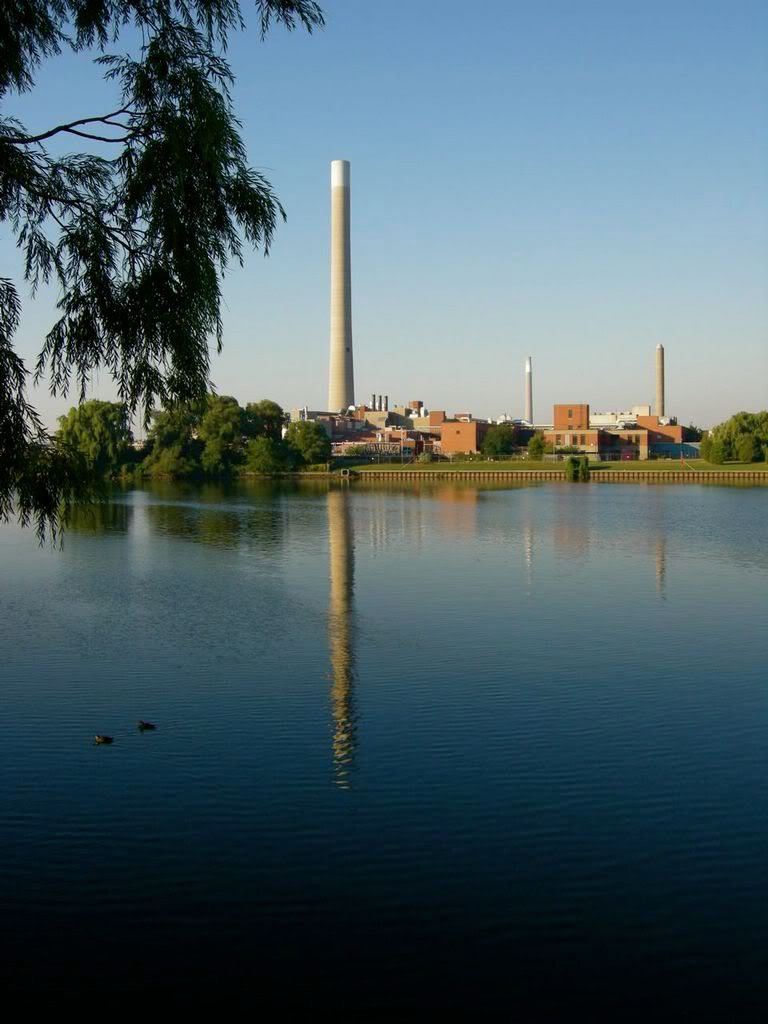New waterfront complex just plain ugly
The massive waterfront Portlands Energy Centre is incompatible with plans for a new community
Oct 26, 2007 04:30 AM
Christopher Hume
Urban Affairs Writer
Welcome to Toronto's beautiful new revitalized waterfront!
Complete with parks, public transit and housing for 100,000, it is an urban dream, a veritable city of the future. Designed by some of the world's leading architects and landscape architects, these new communities will be sustainable, accessible and fully integrated, cosmopolitan even.
But wait, what's that monstrous, multi-smokestacked industrial complex now under construction on Unwin Ave. in the heart of the docklands?
Oh, yes, that would be the Portlands Energy Centre, Premier Dalton McGuinty's little gift to Toronto. Well, actually, it's not so little. In fact, it's a vast and obnoxious, misplaced and inappropriate project that will seriously damage plans for waterfront regeneration in Toronto.
Of course, McGuinty meant well; he always means well. But, sadly, we don't live in a perfect world, and there's only so much the poor man can do.
Too bad, then, that so much of what he does manage to do is so wrong-headed. Certainly, the energy centre is about as wrong-headed as a premier could get. It even flies in the face of his own government's efforts to revitalize the waterfront, to make it a model 21st century community for Canada and the world.
To see how wrong, just look at the proposals for the Portlands, all of them chosen through international design competitions, with the energy centre.
Notice the compact waterfront neighbourhood organized around green space, the mixed uses and community focus.
Somehow that vision just isn't compatible with the 550-megawatt energy centre, with its four enormous chimneys and mega-scale. The operator, Ontario Power Generation, argues that the site has always been industrial and that the scheme is in harmony with revitalization. Berms will be built, OPG says, 3,000 trees planted and noise-abatement and emission control equipment installed. OPG also claims the station will be "isolated from residential communities and is expected to have no discernible impacts."
This is hard to believe, no, make that impossible. No doubt an attempt will be made to minimize the effects of the station, but they can't be eliminated.
Above all, because it sits on the south side of the shipping channel at the east end, its presence nullifies what might have been one of the most attractive neighbourhoods on the waterfront.
"The big issue here is potential," says architect and waterfront consultant Michael Kirkland. "The shipping channel is one of the great undeveloped waterfront features in the world. It could be one of Toronto's finest civic assets. One could imagine it as a district of public amenities and close-quartered residential development."
As much as anything, the advent of the energy centre highlights the failure of the waterfront regeneration process. Though the Toronto Waterfront Revitalization Corp. (now Waterfront Toronto) was created by the three levels of government back in 2000, it's clear at least one partner remains uninterested in allowing it to fulfill its mandate.
As long as the demands of expediency are allowed to prevail and there's empty space in the docklands, decisions like McGuinty's will continue to be made. This is the Ontario way: short-term gain for long-term pain. To add insult to injury, it could have been put elsewhere – say, east of Leslie St., by the sewage plant.
The waterfront remake will carry on, but bit by bit, it has already been diminished. In addition to the energy centre we have let the foot of Yonge St. fall into developers' hands for a condo, approved a mundane corporate headquarters for the bottom of Jarvis St., and now there's a scheme to build a Wal-Mart with a 2,000-car parking lot in Leslieville.
This is not how great cities are built; it's how they are destroyed.





